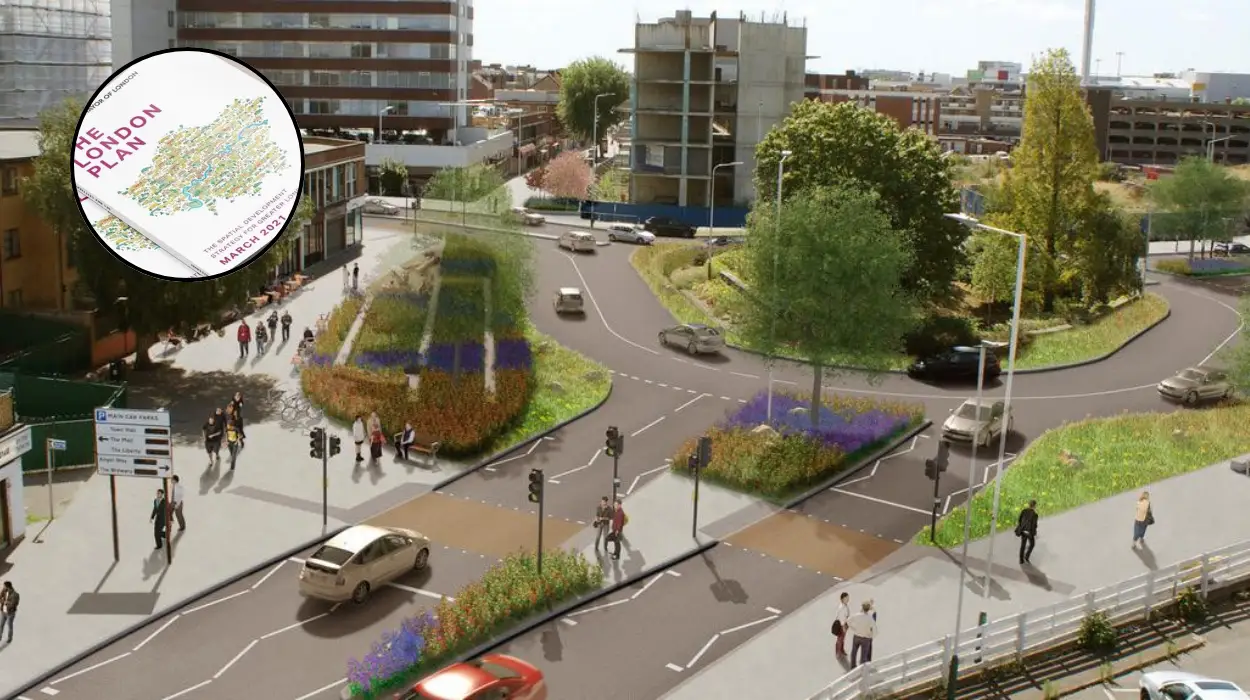Key Points
- Havering faces significant pressure as the London Plan accelerates development and population growth.
- Infrastructure in Havering, including transport, healthcare, and education, is nearing capacity limits.
- Local authorities and residents express concerns over the strain on public services and quality of life.
- The London Plan aims to accommodate London’s expanding population but raises questions about sustainability.
- Calls for urgent investment and strategic planning to prevent infrastructure collapse.
- Debate continues between development advocates and community groups over growth management.
Havering’s Infrastructure Under Strain Amid London Plan Expansion
As reported by Geo News in their 3 July 2025 bulletin, multiple areas in London, including Havering, are experiencing heightened pressure on infrastructure due to the London Plan’s ambitious housing and development targets1. The plan, designed to accommodate a rapidly growing population, has led to concerns that Havering’s public services are “bursting at the seams,” with local officials warning that without immediate action, the borough’s infrastructure could reach breaking point.
What is the London Plan and How Does It Affect Havering?
The London Plan is the Mayor of London’s strategic framework for the city’s development, focusing on housing, transport, and economic growth. Havering, a borough on the eastern edge of London, has been earmarked for significant new housing developments to meet the demand from an increasing population.
According to local council spokespersons cited in Geo News, the plan’s push for rapid development has outpaced the capacity of existing infrastructure, including roads, public transport, schools, and healthcare facilities1. This mismatch threatens to degrade living standards and overwhelm essential services.
Which Infrastructure Sectors Are Most Affected in Havering?
Transport is a critical concern. Havering’s road networks and public transit systems are already operating near capacity during peak hours. The increased population will exacerbate congestion and strain on services like buses and trains. Healthcare facilities, including local hospitals and GP surgeries, are also under pressure, with longer waiting times and limited resources reported by local health authorities.
Education services face similar challenges. Schools in Havering are struggling to accommodate the surge in student numbers, leading to overcrowded classrooms and concerns about educational quality.
How Are Local Authorities Responding?
Local government officials have voiced urgent calls for increased funding and strategic investment to upgrade and expand infrastructure. As Geo News reported, council leaders are demanding that the Greater London Authority and central government provide additional resources to support sustainable growth in Havering1.
A spokesperson for Havering Council stated, “We support the need for new homes, but growth must be matched with adequate infrastructure investment to ensure our communities remain safe and vibrant.”
What Are Residents Saying?
Community groups and residents have expressed frustration and anxiety over the rapid changes. Some fear that the borough’s character and quality of life will be compromised. Geo News highlighted public meetings where residents voiced concerns about noise, pollution, and the loss of green spaces due to development pressures1.
What Are the Broader Implications of the London Plan’s Growth Strategy?
The London Plan’s ambitious targets reflect the city’s need to accommodate a population that continues to grow due to economic opportunities and migration. However, the experience in Havering raises questions about the plan’s sustainability and the balance between development and infrastructure capacity.
Urban planning experts caution that without careful coordination and investment, boroughs like Havering may face long-term challenges, including increased traffic congestion, strained public services, and social tensions.
What Solutions Are Being Proposed?
Experts and officials suggest a multi-faceted approach:
- Increased funding for infrastructure upgrades, including transport and healthcare.
- Phased development to allow infrastructure to catch up with growth.
- Community engagement to ensure developments meet local needs.
- Sustainable planning to preserve green spaces and improve quality of life.
What Is the Outlook for Havering?
The situation remains fluid, with ongoing discussions between local authorities, the Greater London Authority, developers, and residents. The coming months will be critical in determining whether Havering can successfully manage the pressures of the London Plan or if the borough’s infrastructure will indeed reach a breaking point.
